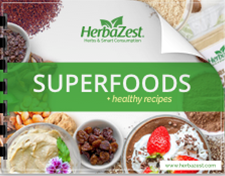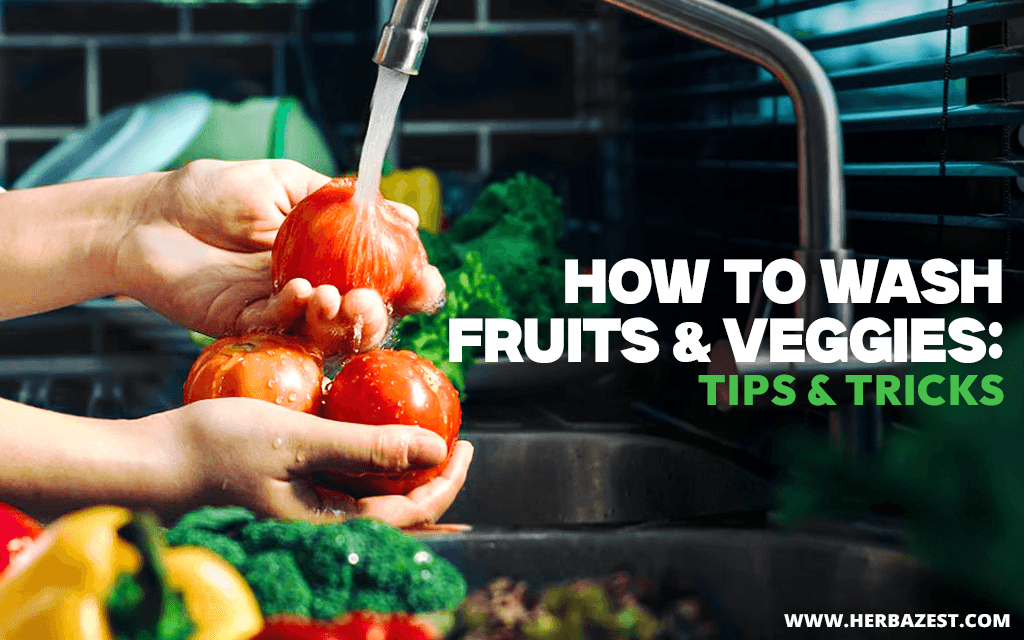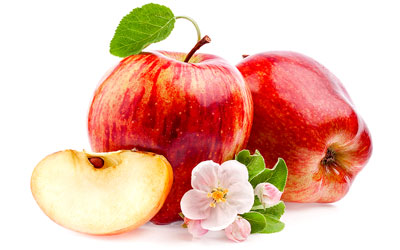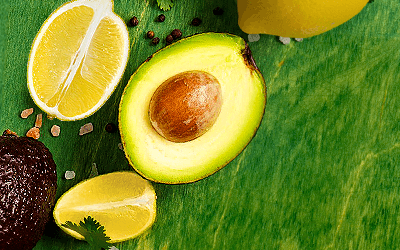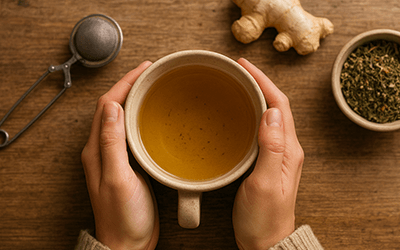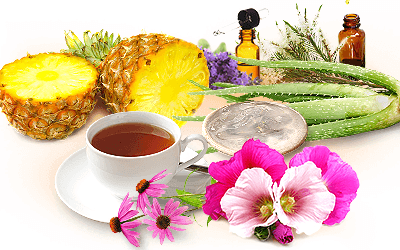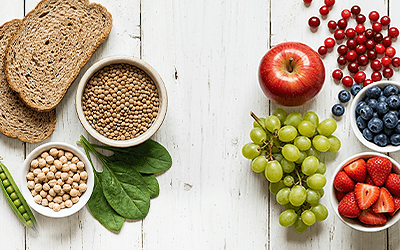Fruits and vegetables are an essential part of a healthy diet. They provide vitamins, minerals, fiber, and antioxidants. However, the journey they take from the fields to your plate is long and dirty. If not properly washed, fresh produce may be covered in various contaminants that can pose significant health risks. With our easy recommendations, you'll know all about keeping your fruits and vegetables clean and safe, including why is it important, when is it best to do it, and what are the most effective techniques to put in practice.
Why Is It Important to Wash Your Produce?
Washing your produce is a must for ensuring that the food we eat does not negatively affect our health. The contaminants found on vegetables and fruits can not only lead to short-term foodborne illnesses, such as salmonella, but residues of some can also be potentially toxic to humans.1
Adequate cleaning techniques help remove the following impurities:
Dirt and Dust
Fruits and vegetables can accumulate dirt and dust from the soil, air, or the transportation and storage process. These can make produce look dull, taste gritty, and reduce its shelf life. Washing your produce can help remove these impurities and improve its appearance, flavor, and freshness.
Bacteria and Germs
Produce can harbor bacteria and germs that come from the environment, the animals, the workers, or the handlers. These can cause foodborne illnesses. Washing your produce can help reduce the risk of these infections and protect your health.
Pesticides and Other Chemicals
Fruits and vegetables can be exposed to pesticides and other chemicals that are used to protect them from pests and diseases. These can have harmful effects on your health, including causing disruptions in the endocrine and nervous systems, among others. Properly cleaning your produce can help remove some of these residues and lower your exposure to these substances.
When Should I Wash Fruits and Vegetables?
A common dilemma people have is whether fruits and vegetables should be washed as soon as they are brought home from the store and before being stored.
Food safety experts agree that the best time to wash your fruits and vegetables is right before they are consumed or used in a recipe. They can be stored unwashed in the refrigerator or at room temperature, depending on their type.
Washing your produce before storage strips it of the natural wax layer, causing it to lose water faster. It can make it spoil faster as it can introduce excess moisture, causing bacteria or mold to grow on the surface.
Best Ways to Clean Fruits and Vegetables
To reduce the contaminants that might be present on produce, make proper washing techniques a non-negotiable part of how you handle your food. Consider the following two easy and practical solutions:
1. Scrub Cleaning Your Fruits and Vegetables
Washing produce in potable water is the preferred method recommended by the U.S Food and Drug Administration (FDA).2
To use this technique, start by washing your hands with soap and water. Then rinse your produce and either rub it between your hands under cold running water or scrub it gently with a clean vegetable brush. It is especially effective for firm produce, such as potatoes, sweet potatoes, melons, cucumbers, and carrots.
A vegetable brush can help remove dirt and microbes from your produce. They come in many different shapes and forms, with bristles made from bamboo, coconut, nylon, and other materials. Keep in mind that the brush should be thoroughly cleaned in between washes so that it does not harbor microorganisms.
2. Soak Washing Your Fruits and Vegetables
Another way to clean fruits and vegetables is by soaking them in water mixed with a natural cleaning agent. Although popular, these methods have not shown any substantial differences in effectiveness when compared to using plain water.
The most common cleaning agents include the following:
Baking soda. Cleaning fruits and vegetables with baking soda is a natural and inexpensive way to remove dirt, bacteria, and pesticides. Soak produce in 4 cups water with 2 teaspoons of baking soda for about 5-10 minutes. Then gently scrub off residues and rinse it well under cold running water. This method is especially effective for produce with smooth skins, such as apples, grapes, strawberries, cucumbers, and tomatoes.
Vinegar. Cleaning fruits and vegetables with vinegar is another popular method to remove impurities from food, like dirt, waxes, and germs. Soak produce in 4 cups of water mixed with 1 cup of vinegar for a few minutes. Scrub away any residues and rinse it under cold running water. Avoid using this method with soft fruits and vegetables, like tomatoes and peaches, as it may negatively affect their texture and flavor.
Another method people choose to keep fruits and vegetables clean is using a store-bought wash. However, it is important to ensure they are made with natural, food-safe ingredients as using those that contain harsh chemicals to wash produce is counterproductive. Many of these solutions have not been tested in clinical trials for safety and effectiveness.
Unfortunately, no cleaning method is 100% effective in eliminating all microorganisms that might be present on fruits and vegetables. However, with 48 million cases of foodborne illnesses every year in the United States alone, using adequate techniques can significantly reduce this number and help prevent you from getting sick. Just as important as the cleaning methods are storage conditions, including proper ways of storing fresh herbs, fruits, and other vegetables. With both in place, you can enjoy a variety of foods all year round feeling safe and healthy.
Sources
- Centers for Disease Control and Prevention, Fruit and Vegetable Safety, 2023
- Colorado State University, Guide to Washing Fresh Produce, n.d.
- Foodsafety, Eating a diet with plenty of fruits and vegetables benefits your health. But it’s important to prepare them safely., n.d.
- University of Maine, Bulletin $4336, Best Ways to Wash Fruits and Vegetables, n.d.
- University of Minnesota, Washing fresh fruits and vegetables safely, 2023
- Ohio State University, How important is it to wash fruits and vegetables before eating?, 2019
Footnotes:
- World Health Organization. (2016). Food safety: Pesticide residue. Retrieved November 22, 2023, from https://www.who.int/news-room/questions-and-answers/item/food-safety-pesticide-residue
- FDA. (2012). 7 Tips for Cleaning Fruits, Vegetables. Retrieved November 22, 2023, from https://www.fda.gov/consumers/consumer-updates/7-tips-cleaning-fruits-vegetables
